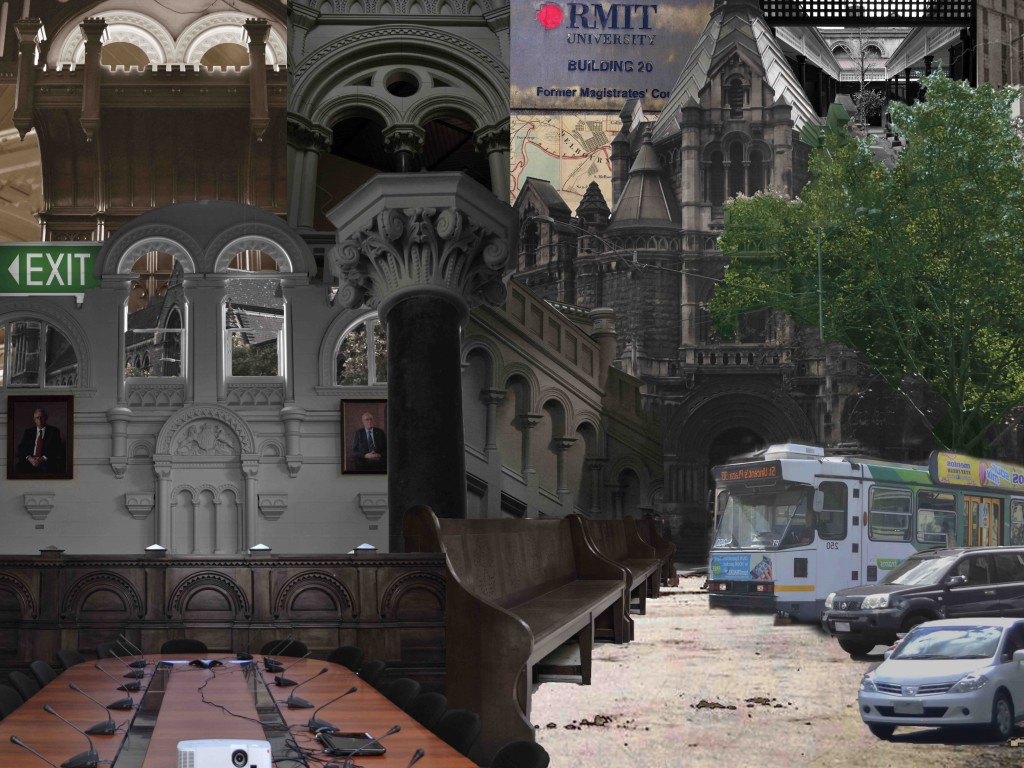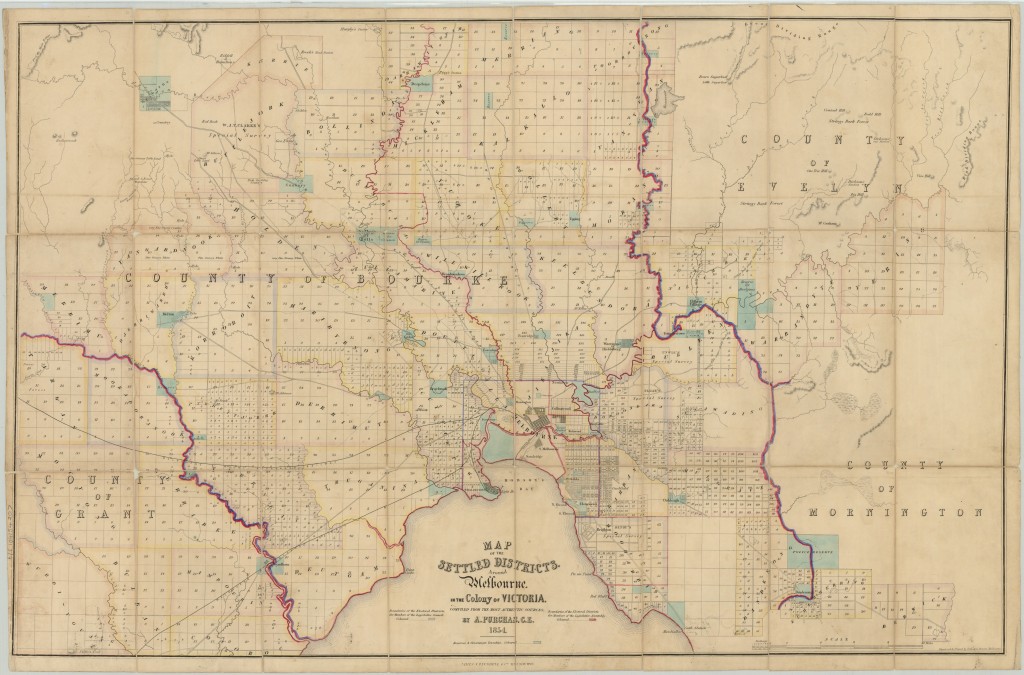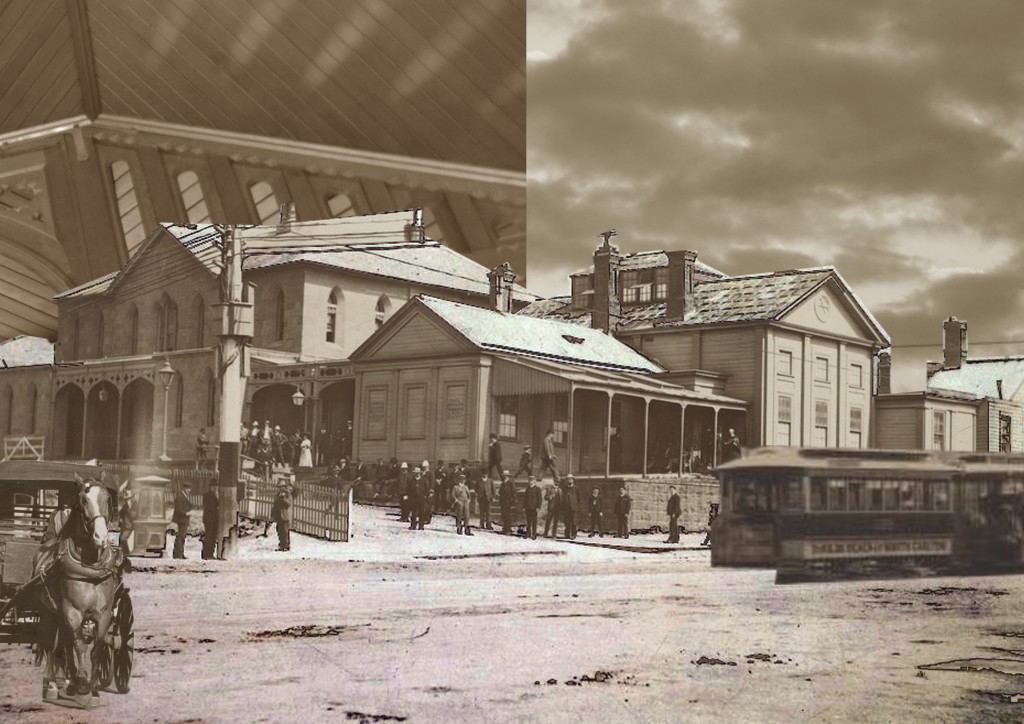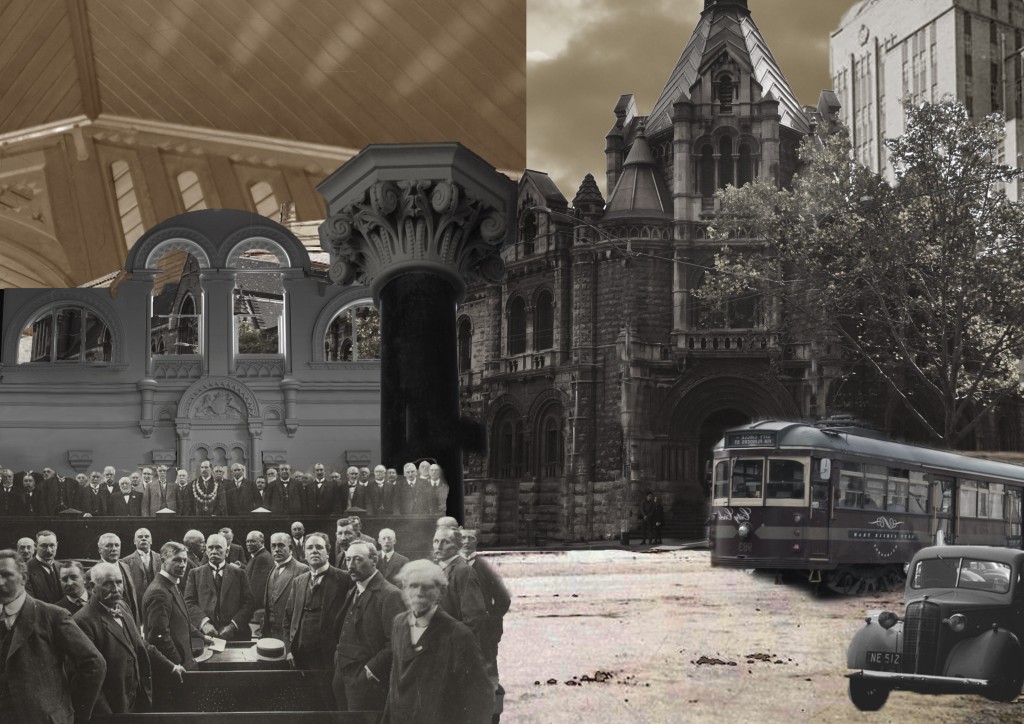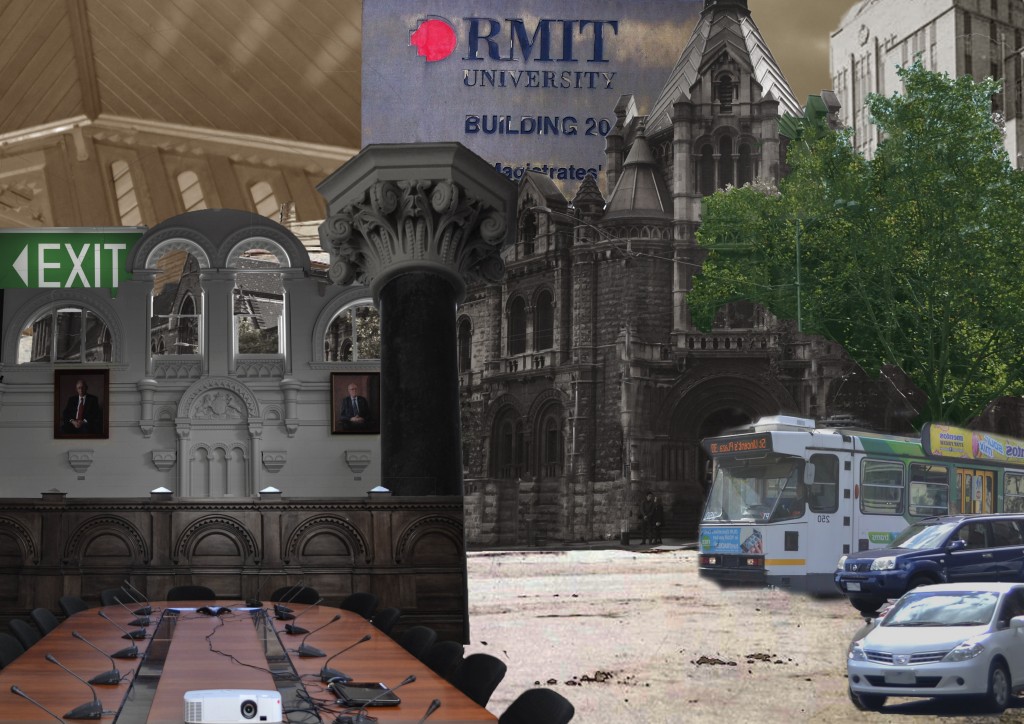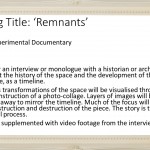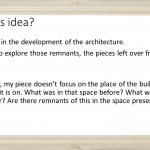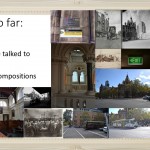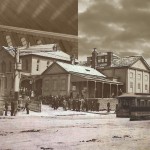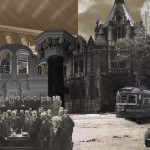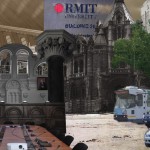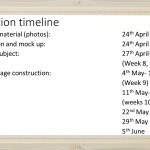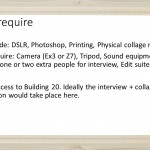Defeated by a Printer
So, printing didn’t go as planned. Photoshop doesn’t appear to have a tile function, which is bizarre, but illustrator does. So I put the images into illustrator and tried printing them, but for some reason they just weren’t making it to the printer? It would say the file has been sent and is ready to print, but when i went to the printer to release it, it hadn’t arrived. Possibly the files are too big, but I assumed it could handle it as it IS the design building. I’m sure I’m not the first person to print something like this. Either way, I had to leave because it was getting late and after 2 hours of attempts I was pretty frustrated. I’ll go back in tomorrow and try again. My current solution will be to manually tile the images myself and then print them all individually. Thankfully I have already saved all the layers as jpegs individually, so i can just cut them up into separate, A4 sized images. It will mean I have to print, probably close to 200 separate documents, but it’s fool-proof, and there is no reason why the printer couldn’t handle that. There wouldn’t be anything complicated about the images, there would just be a lot of them.Fortunately I have tons of printing credit, here’s hoping I don’t run out… This print job shouldn’t be more than $80, right?
This is the first real setback during this production so far. There will always be setbacks in projects like this, in the grand scheme of things, its pretty minor. Last semester I had far worse situations (like an entire days worth of footage being ruined due to technical issues etc.). Comparatively, this is okay. If i can rectify this tomorrow and if the shoot goes well on Sunday, I’ll be happy, and back on schedule. I can rest assured, at least the sound interview sounds really good. Sound is really important, and I’ve found that bad video is salvageable, bad sound is not. We will see what tomorrow brings.

